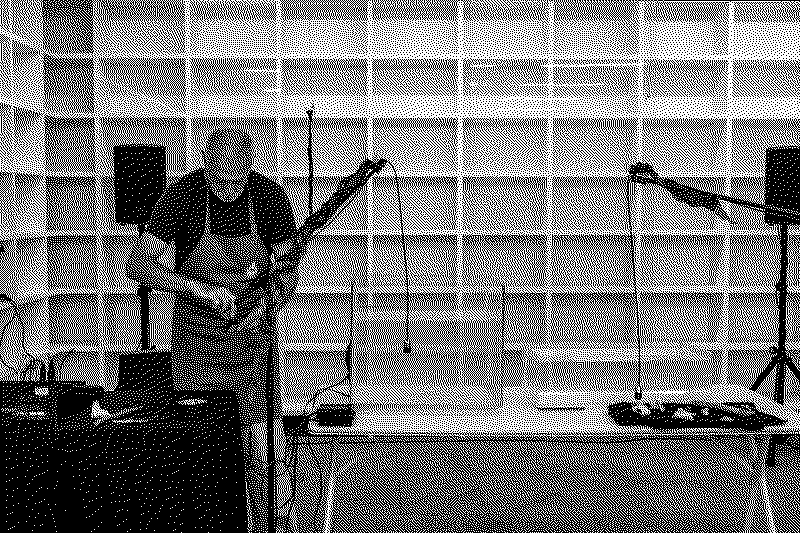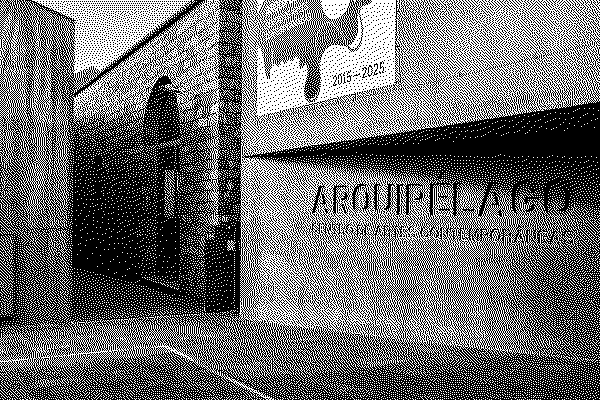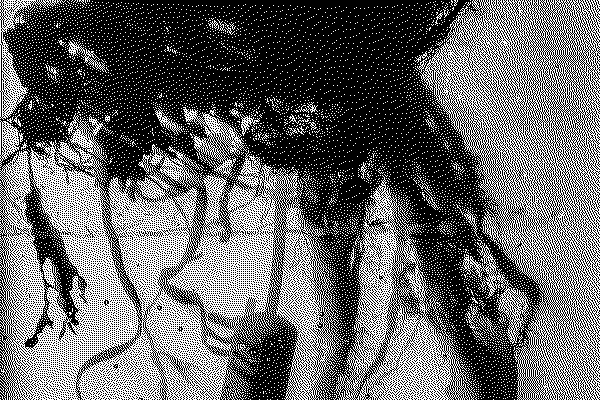Surrounded by hydrothermal vents
Introduction
Second day on São Miguel and the weather is getting worse. This Tuesday Sept.23 we walk to Arquipélago under the pouring rain. The water splashes down from the roofs onto the boardwalk and those hurrying by. Houses have no gutter, no rain pipes to collect the water. Two days later hurricane Gabrielle is expected to race by in the vicinity. 'We don't worry, we are used to this', says Arquipélago's librarian. The Arquipélago center for contemporary arts (ACAC) has invited us to work for two weeks in residency. We process all the material and immaterial stuff that we collected the week before on Faial, another island to the West of the Acores. All in all we spend 3 weeks here, in the Atlantic, almost halfway between Europe and America, at this crossing of 3 tectonic plates. Another step in the production phase of a performance installation.

-o- Agenda
Sept. 15 - 22, Faial Island collection of underwater sounds and visual material, beachcombing and water immersion; conversations and observations at Okeanos, Institute of Marine Sciences, Horta, with scientists Marina Silva, Ana Colaço, Leandro Marinho, Mirko De Girolamo, Christopher Pham, Claudia Oliveira, Daphne Cuvelier and Andrea Herguedas
Sept. 22 - Oct. 4, São Miguel island two weeks residency at Arquipélago center for contemporary art, Ribeira Grande; Ande&Fala Festival, São Miguel; beachcombing and water immersion -o-
3 weeks in the Açores
At our working space at Arquipélago, we assemble debris found on Faial's shores in Feteira and the beach of Porto Pim. The assembly will be the basis for the shape of a 'buoy'. It will be scanned and 3-D printed. We want to use these 'buoys' to mark areas on a large map on the floor during the performance installation, to mark and demarcate the license areas of the mining industry.
-o- Trash from overseas "The Açores's beaches are among the most polluted in Europa", says Christopher Pham at Okeanos. He shows us plastic doors from lobster traps - with register numbers - lost in Canada and the USA. Plastic and polystyrene pellets are everywhere, on the beaches in Faial and São Miguel. The Fabrica da Baleia, now a museum of the whale hunting campaigns, goes out with children to pick up the plastics and make clipboards from them. -o-
An essential component of the performance installation is audio, which we aim to transform into tangible sensations, vibrations, and movement. We test the recorded and collected biophony in a setup of water containers in Arquipélago. Most of the files are recorded in the ocean between Faial and the neighboring island of Pico, from the sailboat "Black Swan," from a motorboat with a group of divers, and in the natural tidal pools of Lajinha and Capelinhos, also on Faial.
For the recordings, we consult Okeanos' marine scientists. Claudia Oliveira, for example, tells us about the vocal behavior of marine animals, and we learn how sounds from healthy reefs are played underwater to help sick reefs recover more quickly. We start to recognize underwater sounds: the clicking of crustaceans and the distant song of whales. But some sounds are surprising and new, like triggerfish nibbling on the hydrophone. Several scientists report that parrotfish make grinding, and crunching sounds. But the water at Baìa de Entre Montes, where they live, is too rough, and the boat is too noisy.

